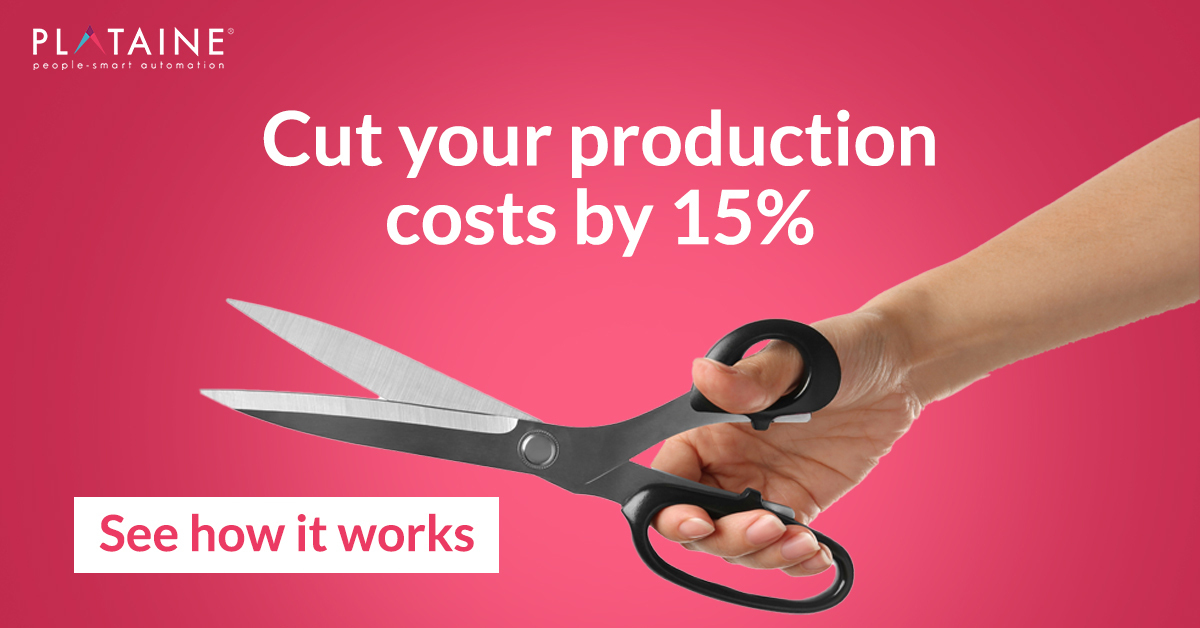The manufacturing industry is currently facing a critical challenge – a shortage of skilled workers. This scarcity of qualified individuals with the necessary expertise and experience has a profound impact on businesses and the industry as a whole.
According to McKinsey, In the past ten years, 2.4 million industrial jobs went unfilled in the United States, costing the economy $2.5 trillion. Furthermore, unfilled jobs were a primary reason that seven in ten companies fell behind in scheduled production, leading many industrial leaders to identify labor shortages as a challenge to growth.
Also a demographic change – baby boomers are about to retire and new unexperienced employees will be brought to replace them. Also some of experienced employees were sent to furlough / retired during COVID. So these people, kept the knowledge and experience in their head and it won’t be passed to the next generation.
In this blog article, we will delve into the significance of the skilled labor shortage, discuss its implications on manufacturing, and provide valuable insights and recommendations on how manufacturers can address this pressing issue. We will explore trends and forecasts related to tackling the skilled labor shortage, including upskilling and reskilling programs, collaborations with educational institutions, embracing technology and automation, enhancing employer value propositions, and fostering diversity and inclusion. Through relevant examples and case studies, we will illustrate the effectiveness of different strategies in overcoming the shortage of skilled workers. So, let’s begin by understanding the significance of the skilled labor shortage in manufacturing.
The Significance of the Skilled Labor Shortage
The shortage of skilled workers in manufacturing is a matter of great concern. It has far-reaching implications for businesses and the industry as a whole. Let’s delve into the significance of this issue and understand its impact:
Decreased Productivity: The shortage of skilled workers hampers productivity in manufacturing operations. When there are insufficient qualified personnel to handle specialized tasks, production processes become slower and less efficient, leading to decreased overall productivity.
Quality Compromises: Skilled workers play a crucial role in maintaining quality standards in manufacturing. Without their expertise, businesses may struggle to uphold high-quality products and services, which can harm their reputation and customer satisfaction.
Innovation Constraints: Skilled workers are essential for driving innovation in manufacturing. Their expertise enables companies to embrace new technologies, develop advanced processes, and create innovative products. The shortage of skilled workers limits the industry’s ability to innovate and keep pace with evolving market demands.
Trends and Forecasts for Addressing the Skilled Labor Shortage in Manufacturing
To address the shortage of skilled workers in manufacturing, industry trends and forecasts point towards several strategies. By embracing these approaches, manufacturers can mitigate the impact of the labor shortage and build a highly skilled workforce. Let’s explore these trends and forecasts:
1. Upskilling and Reskilling Programs: Manufacturers can invest in upskilling and reskilling programs to bridge the skills gap. By providing training and educational opportunities to existing employees, companies can equip them with new or enhanced skills. This approach not only helps retain talent but also develops a versatile workforce capable of adapting to changing industry needs.
2. Collaborations with Educational Institutions: Partnering with educational institutions such as technical schools and community colleges can create a talent pipeline for manufacturers. These collaborations facilitate the development of programs aligned with industry requirements, ensuring graduates possess the necessary skills. Manufacturers can actively engage in curriculum development and provide internships to nurture a skilled workforce.
3.Embracing Technology and Automation: Technology and automation play a vital role in addressing the skilled labor shortage. Manufacturers can leverage advanced technologies like robotics, artificial intelligence, and data analytics to automate repetitive tasks and enhance productivity. By adopting such technologies, companies can optimize their workforce and enable skilled workers to focus on higher-value activities.
4. Enhancing Employer Value Propositions: Manufacturers need to enhance their employer value propositions to attract and retain skilled workers. Creating a positive work environment, offering competitive compensation packages, providing opportunities for career advancement, and promoting work-life balance are essential aspects. By investing in their employees, manufacturers can establish themselves as desirable employers, fostering employee loyalty and attracting top talent.
5. Fostering Diversity and Inclusion: Embracing diversity and inclusion is crucial for addressing the skilled labor shortage. By fostering an inclusive workplace culture, manufacturers can attract individuals from diverse backgrounds, expanding the talent pool. Diversity fosters innovation, as different perspectives contribute to problem-solving and creativity within the organization.
6.AI: Artificial Intelligence and advanced software solutions address the current labor challenges. : AI is currently used to make specific data-based predictions. AI has many use cases, and the ability to assist your workforce to take optimal decisions. Optimization and maintenance solutions are led by intelligent predictions and help make better decisions that save a lot of time and money. Also , as the training process of new employees is long, AI based digital assistants can help shorten this, by making the recruiting system as a hole a lot shorter and smoother. For Example, an advanced AI solution will tell the employee what material to use, when, and for what work order. We believe that many manufacturers who discover AI will and embrace it for the long run.
Long-Term Benefits of Addressing the Labor Shortage
Addressing the shortage of skilled workers in manufacturing yields numerous long-term benefits:
- Increased Productivity: With a skilled workforce, manufacturers can achieve higher levels of productivity and efficiency, leading to greater output and profitability.
- Improved Competitiveness: By attracting and retaining skilled workers, manufacturers gain a competitive edge in the market. Their ability to consistently deliver high-quality products and embrace innovation enhances their position within the industry.
- Opportunities for Innovation: A skilled labor force brings fresh ideas and perspectives, fostering a culture of innovation. Manufacturers can capitalize on this creativity to develop new products, improve processes, and stay ahead of the competition.
To summarize, the shortage of skilled workers in manufacturing presents significant challenges for businesses and the industry as a whole. However, by implementing proactive strategies, manufacturers can mitigate the impact of this shortage. Upskilling programs, collaborations with educational institutions, technology adoption, enhancing employer value propositions, and fostering diversity and inclusion are effective approaches to attract, retain, and develop skilled workers. By addressing the labor shortage, manufacturers can reap long-term benefits such as increased productivity, improved competitiveness, and opportunities for innovation. It is crucial for manufacturers to take action now to build a skilled and resilient workforce, ensuring a prosperous future for the manufacturing industry.









